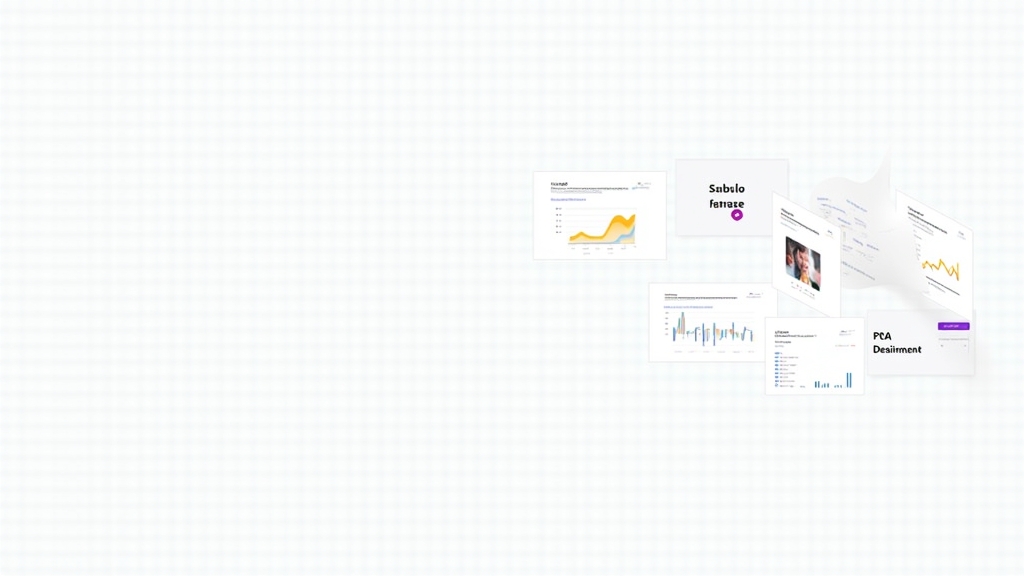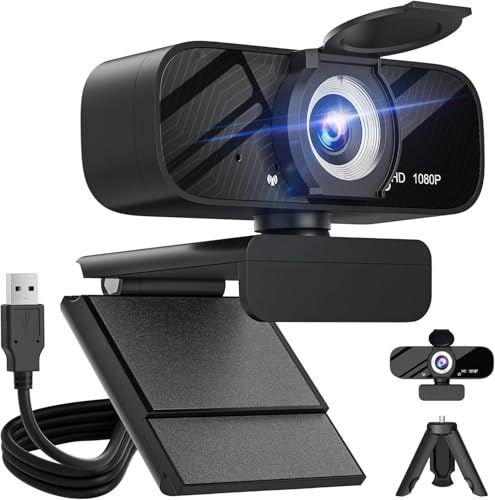Mastering PPC Management: A Comprehensive Guide to Pay-Per-Click Marketing
Introduction to PPC Management
Pay-Per-Click (PPC) advertising is a powerful tool in the digital marketing world. It allows businesses to reach their target audience quickly and effectively by paying for clicks on their ads. This method can lead to increased website traffic, higher conversion rates, and improved brand visibility. Understanding how to manage PPC campaigns is essential for any marketer looking to maximize their online presence. In this guide, you will learn everything from the basics of PPC to advanced strategies that can help you succeed.
Understanding the Basics of PPC
Key Terminology in PPC Management
Before diving into PPC management, it’s important to understand some key terms. CPC stands for Cost Per Click, which is the amount you pay each time someone clicks your ad. CTR or Click-Through Rate measures how often people click your ad compared to how many times it was shown. Quality Score is a rating Google gives based on the relevance of your keywords and ads; a higher score can lower your costs and improve ad placement.
How Does Pay-Per-Click Work?
PPC works through an auction system where advertisers bid on keywords relevant to their business. When users search for those keywords, search engines display ads based on various factors like bid amount and Quality Score. If a user clicks on your ad, you pay the agreed-upon CPC fee. This model allows businesses of all sizes to compete for visibility in search results.
Setting Up Your First PPC Campaign
Choosing the Right Platform for Your Business
Selecting the right platform is crucial for your first PPC campaign. Google Ads is one of the most popular options due to its vast reach and robust features. However, platforms like Bing Ads or social media sites such as Facebook and Instagram also offer unique advantages depending on your target audience.
Defining Your Goals and Objectives
Before launching your campaign, define clear goals such as increasing website traffic or generating leads. Having specific objectives helps shape your strategy and measure success effectively over time.
Keyword Research for Effective PPC Campaigns
Tools for Keyword Research
Keyword research tools like Google Keyword Planner or SEMrush can help identify high-performing keywords related to your business. These tools provide insights into search volume, competition level, and suggested bids—essential data that informs your keyword selection process.
Long-Tail vs. Short-Tail Keywords
Long-tail keywords are longer phrases that are more specific but usually have lower search volume than short-tail keywords (one or two words). While short-tail keywords may attract more traffic, long-tail keywords often lead to higher conversion rates because they target users further along in the buying process.
Crafting Compelling Ad Copy
Elements of High-Converting Ads
Your ad copy should be engaging and informative while including relevant keywords naturally. Focus on creating a strong headline that captures attention alongside clear calls-to-action (CTAs) encouraging users to click through.
A/B Testing Your Ad Copy
A/B testing involves creating two versions of an ad with slight variations—like different headlines or CTAs—to see which performs better. This method helps optimize performance by identifying what resonates most with your audience.
Managing and Optimizing Your PPC Campaigns
Monitoring Performance Metrics
Regularly monitor metrics such as CTR, conversion rate, and ROI (Return on Investment) using analytics tools provided by platforms like Google Ads. Keeping an eye on these metrics allows you to make informed decisions about adjustments needed in real-time.
Adjusting Bids and Budgets
Adjusting bids based on performance data ensures you’re maximizing ROI without overspending. Consider increasing bids for high-performing ads while lowering them for underperformers until they show improvement.
Understanding Analytics and Reporting in PPC
Essential Metrics to Track
Key metrics include impressions (how often ads are shown), clicks (how many times they’re clicked), conversions (desired actions taken), and cost per acquisition (CPA). Tracking these metrics provides valuable insights into campaign effectiveness.
Interpreting Data for Better Results
Analyzing data helps identify trends over time—such as peak performance periods—and areas needing improvement within campaigns so you can adjust strategies accordingly.
Common Challenges in PPC Management
Dealing with Click Fraud
Click fraud occurs when competitors or bots click on ads without genuine interest in products/services offered; this wastes budget resources unnecessarily. Implementing IP exclusions or using fraud detection software can mitigate this issue effectively.
Navigating Competition and Costs
In competitive markets, costs per click may rise significantly due to increased bidding wars among advertisers vying for similar audiences; staying updated with industry trends enables smarter budgeting decisions moving forward.
Conclusion: The Future of PPC Management and Best Practices
PPC management continues evolving with advancements in technology like artificial intelligence enhancing targeting capabilities further than ever before! Staying informed about best practices—including regular optimization efforts—will ensure ongoing success within this dynamic landscape!
📢 Explore More: Continue Your Journey!
If this article helped you understand Pay-Per-Click marketing better, check out The Ultimate Guide To SEO Strategies! It covers essential techniques that complement paid advertising efforts by improving organic visibility online.














![NEEWER 55W 18"/45cm Ring Light Kit [New Version], 5600K Dimmable ...](https://m.media-amazon.com/images/I/414QLqvZWLL.jpg)








